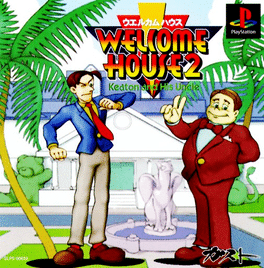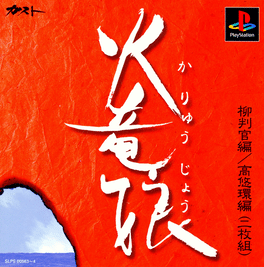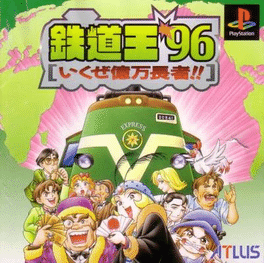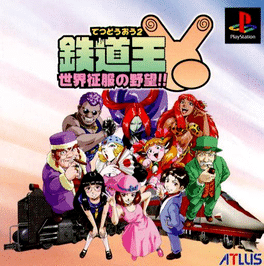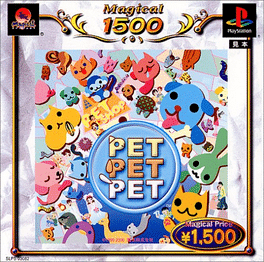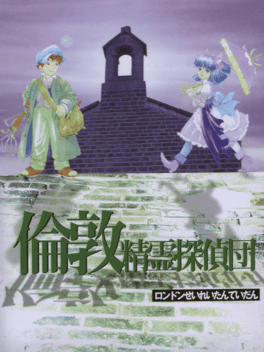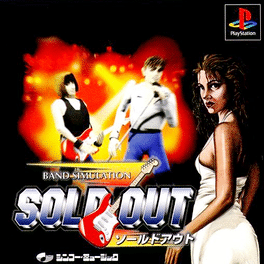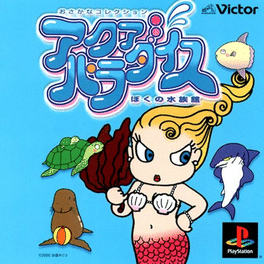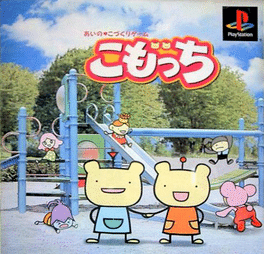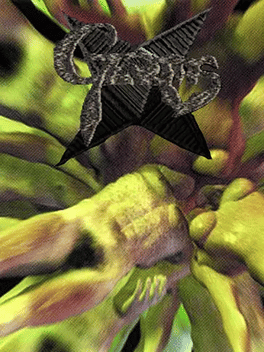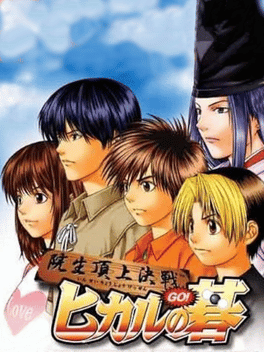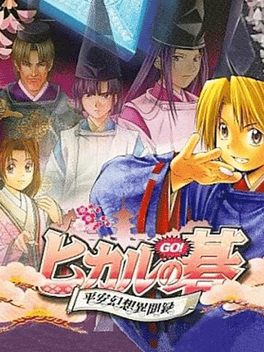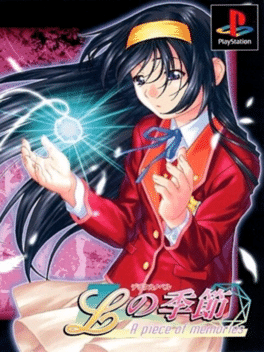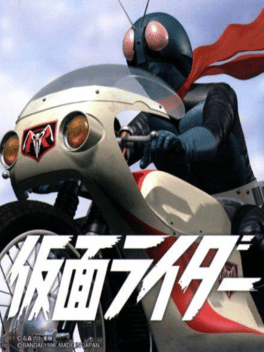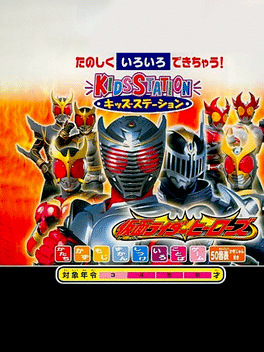Most Popular Ps Games - Page 71
-
Karyuu Jyou
1997
-
Tetsudou-ou '96: Ikuze Okuban Chouja
Train board game simulation for PlayStation. -
Tetsudou-ou 2: Sekai Seifuku no Yabou
1997
Despite the numbering, Tetsudou-ou 2 is the third game in the Tetsudou-ou series. -
Pet Pet Pet
1999
-
London Seirei Tantei-dan
1999
An adventure RPG staring an orphan detective in 19th century steampunk London. -
Sold Out
1997
Sold Out
1997
A Japan-exclusive band simulation video game released by Shinko Music for the PlayStation in 1997. It features music composed by Jeff Pfeifer and Rob Pfeifer. -
Aqua Paradise: Boku no Suizokukan
2000
As implied by the subtitle, "My Aquarium", this Japan-only PlayStation game lets the player manage a public aquarium stuffed to the gills with sea animals. -
Komocchi
2001
-
Germs: Nerawareta Machi
1999
Germs: Nerawareta Machi is a first-person open world adventure game released exclusively in Japan for the PS1. The only game developed and published by Japanese CG animation company KAJ, Germs stars a reporter who returns to his hometown to investigate a mysterious glowing object, as well as a series of mutations happening to the townspeople that might be connected to it. -
G.O.D Pure: Growth or Devolution
1998
A PlayStation remake of a Super Famicom RPG called G.O.D: Mezameyo to Yobu Koe ga Kikoe. -
Hikaru no Go: Insei Choujou Kessen
2002
Hikaru no Go: Insei Choujou Kessen is a Japan-exclusive board game based off the Hikaru no Go magna series. The game was developed by Tenky and published by Konami for PlayStation in 2002. -
Hikaru no Go: Heian Gensou Ibunroku
2002
Hikaru no Go: Heian Gensou Ibunroku is a Japan-exclusive party game based on the Hikaru no Go magna series. It was developed by Konami Computer Entertainment Tokyo for PlayStation. -
Choro Q 2
1997
-
ATV Racers
2003
-
Kamen Rider
1998
Kamen Rider
1998
Kamen Rider is a one-on-one fighting game based on the original incarnation of the long-running tokusatsu television show. -
Jissen Pachi-Slot Hisshouhou! Single: Kamen Rider V3
1999
Jissen Pachi-Slot Hisshouhou! Single: Kamen Rider V3 is a Kamen Rider V3-themed pachi-slot game.
